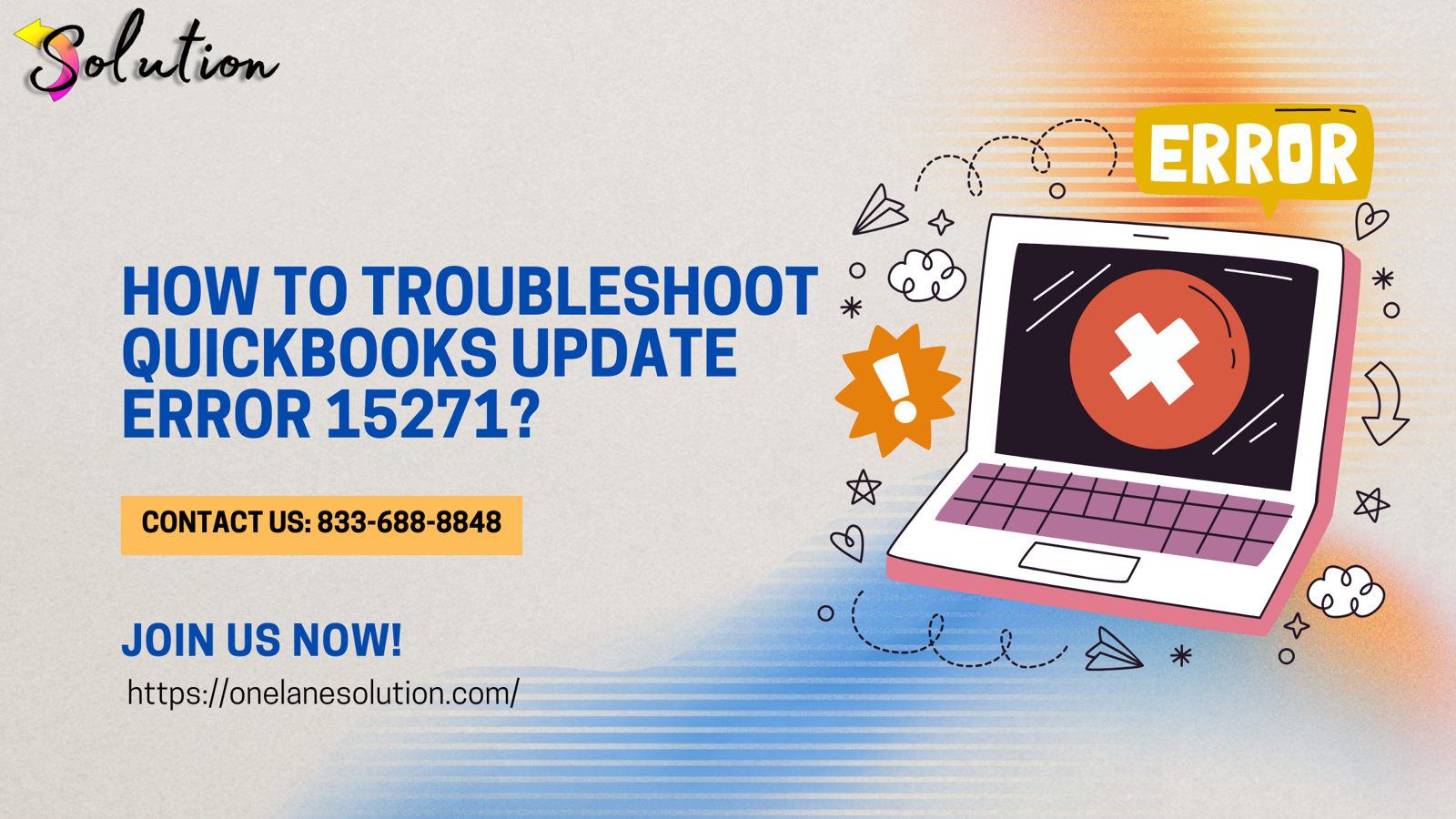
For businesses relying on Solutions for Fixing Sage Network, a smooth and uninterrupted connection between workstations and servers is crucial. However, network connectivity issues in Sage can disrupt daily operations, causing delays, data loss, and frustration. In this guide, we present the most effective methods to resolve Sage network connectivity issues, ensuring your workflow remains efficient and trouble-free.
Understanding Sage Network Connectivity Issues
Connectivity problems with Sage often arise due to server misconfigurations, firewall restrictions, faulty network hardware, or database access errors. Recognizing the signs early can help you troubleshoot before a minor issue escalates.
Common Symptoms Include:
Error messages like "Sage cannot connect to the database."
Workstations unable to find or open the company file.
Frequent disconnections from the Sage server.
Slow performance when accessing shared data files.
Key Causes of Sage Network Connectivity Problems
Before diving into solutions, it’s important to understand the most frequent causes:
Unstable or slow network connections
Incorrect firewall and antivirus settings
Inconsistent data path configurations
Database Connection Manager not running
Server IP address changes
Conflicting permissions or corrupted company files
Effective Methods to Resolve Sage Network Connectivity Issues
1. Verify Network Stability and Speed
A reliable network is foundational for Sage’s multi-user environment.
Action Steps:
Test network speed and latency.
Prefer wired Ethernet connections for business-critical systems.
Restart routers, switches, and modems if necessary.
2. Check and Configure Firewall and Antivirus
Security software can block essential Sage services if not configured correctly.
Action Steps:
Add Sage software and Database Connection Manager as firewall exceptions.
Open required TCP and UDP ports specific to Sage versions.
Temporarily disable antivirus/firewall to test the connection.
3. Confirm Correct Data Path and Company File Access
Incorrect data paths prevent Sage from locating the necessary files.
Action Steps:
Navigate to the Sage shared folder on the server.
Ensure full control permissions are granted to all users.
Verify the data path in the Sage software settings.
Prefer UNC paths (\ServerName\SharedFolder) instead of mapped drives.
4. Restart Sage 50 Database Connection Manager
This service must run on the server to allow access from workstations.
Action Steps:
Open Services (services.msc) on the server.
Locate and restart the "Sage 50 Database Connection Manager."
Set it to "Automatic" startup type.
5. Assign Static IP Addresses
Dynamic IP addresses can lead to lost server connections.
Action Steps:
Assign a static IP address to the Sage server.
Update the workstation's hosts file to reflect the server’s static IP.
Restart all connected systems to refresh network settings.
6. Update Sage Software and Windows
Running outdated software can introduce compatibility and connectivity issues.
Action Steps:
Install the latest Sage updates and patches.
Keep Windows and network drivers up to date.
Ensure all workstations are using compatible Sage versions.
7. Review Sharing and Security Permissions
Proper permissions are critical to accessing shared company files.
Action Steps:
Share the Sage data folder with "Everyone" or specific user groups.
Grant "Full Control" permissions at both sharing and security levels.
Apply changes and recheck access from workstations.
8. Disable Opportunistic Locking
Opportunistic locking can cause problems in multi-user environments.
Action Steps:
Modify Windows Registry to disable opportunistic locking.
Follow Sage’s official guide to prevent mistakes.
Always back up the registry before making changes.
9. Repair Damaged Company Files
File corruption can lead to persistent network errors.
Action Steps:
Run the Sage Data Integrity Check utility.
Restore data from a recent backup if corruption is detected.
Use Sage’s Repair Tools for advanced data recovery.
10. Seek Expert Assistance
If standard troubleshooting does not resolve the problem, professional help may be required.
Action Steps:
Contact Sage Technical Support for advanced diagnosis.
Provide detailed logs and error messages.
Consider a managed IT service provider for ongoing support.
Proactive Tips to Prevent Future Sage Connectivity Issues
Implementing preventive strategies will reduce the risk of future disruptions:
Regularly back up Sage data and verify backup integrity.
Monitor server health and network performance.
Educate users about proper shutdown procedures for Sage.
Conduct periodic security audits to ensure firewall and antivirus compliance.
Schedule routine updates for software and hardware components.
Read Also: Sage 50 Activation Error
Conclusion
Resolving Sage network connectivity issues requires a methodical and informed approach. By applying these effective methods — from verifying network stability and setting static IP addresses to properly configuring firewall settings and updating software — businesses can minimize downtime, enhance productivity, and ensure seamless financial operations with Sage.
















Write a comment ...